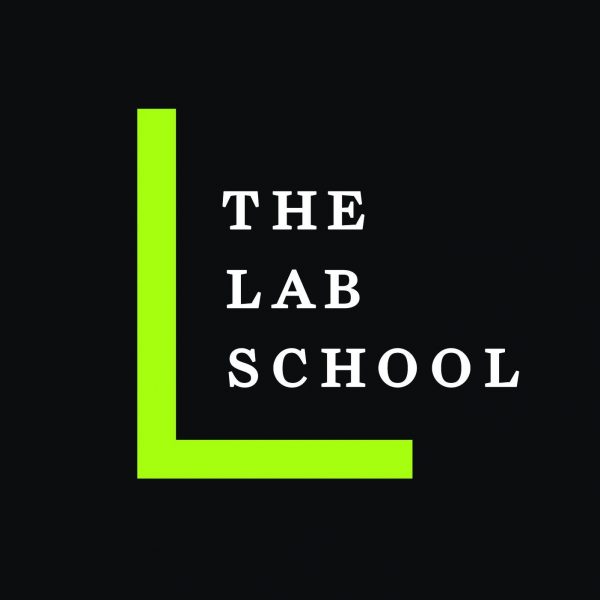A laboratory school or demonstration school is an elementary or secondary school administered in association with a university, college, or other teacher education institution and used for the training of future teachers, educational experimentation, educational research, and professional development.
Many laboratory schools follow a model of experiential education based on the original Laboratory School run by John Dewey at the University of Chicago. Many laboratory schools are still in operation in the United States and around the globe. They are known by many names: laboratory schools, demonstration schools, campus schools, model schools, university affiliated schools, child development schools, etc., but all have an association to a college or university. Each university affiliated school has a distinct relationship with a college or university and a different grade configuration. Some lab schools are only for preschool or kindergarten children, some are preschool through fifth or sixth grade, and some continue through high school.
Classroom observation
Laboratory school classrooms may be observed by university professors to evaluate the student-teacher, but it is desired that the observation be done without the students or student-teachers aware of the observation, thereby avoiding creating a distraction or disruption of classroom activities.
Before the miniaturization and transistorization of electronic camera viewing systems, laboratory schools often have an elaborate direct-view observation systems with special observation decks above classrooms or observation rooms alongside the classrooms. One-way mirrors and speaker/intercom systems enabled a professor to silently observe the classroom, but without being seen by the students or the student-teacher.
A modern laboratory school does not need to do anything special with building construction, and is able to use a standard-design school as a laboratory school. The standard rooms are instead equipped with CCTV cameras hidden inside black plastic domes on the ceiling. Complex lens optics and multiple cameras allow a single stationary dome to view 360 degrees in all directions with no mechanical noises or moving parts, and high-speed Internet connections allow for a professor at a college to remotely view and communicate with student-teachers in a distant laboratory school.
In either case there is no hiding from students or student-teachers that observation may transpire, as it is plainly obvious there are special mirrors or cameras in the room. But they do not know when observation may or may not be happening.

